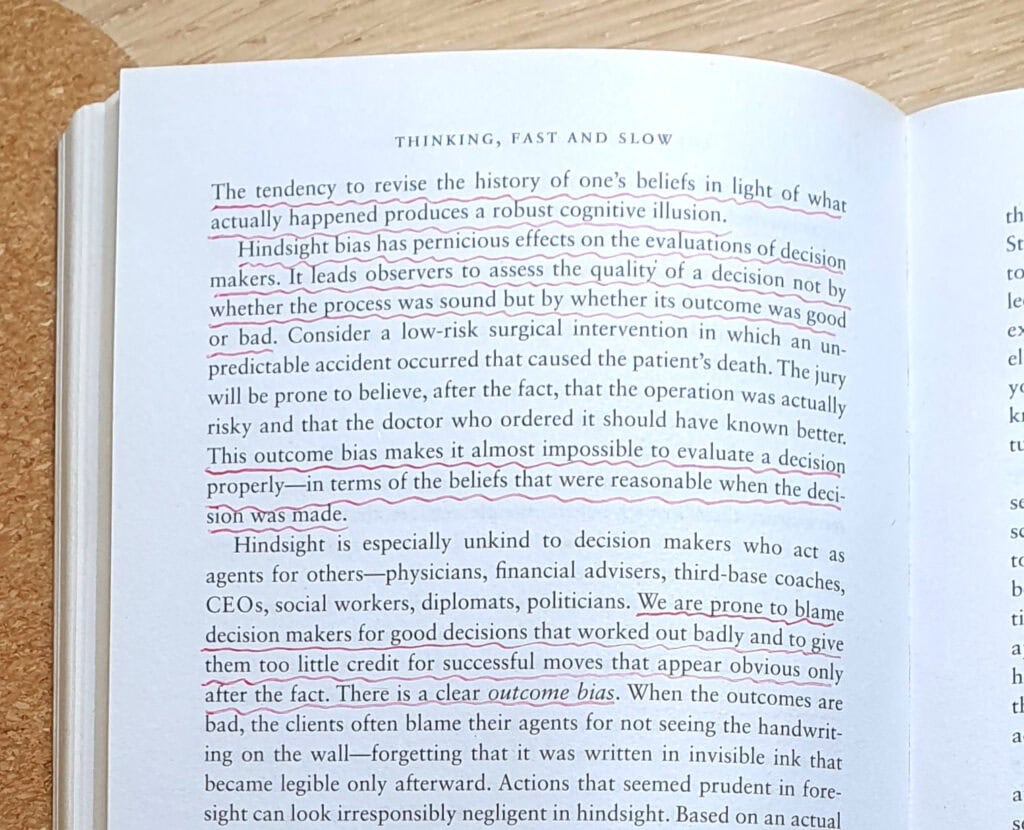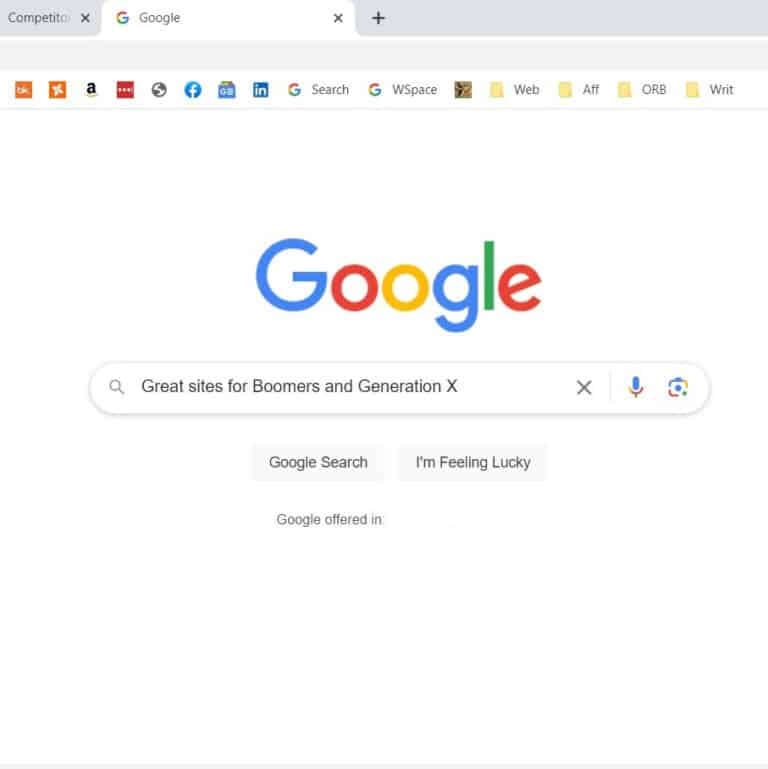Leveraging Our Reading Time With AI
The Reading Tribe
Almost anyone in the developed and developing world can choose to pick up a good book and read it. The book doesn’t discriminate if we’re young, old, have millions, or are struggling payday to payday. The same goes for the number of hours in the day. The great leveller, time and how we allocate it. And if we are readers first and foremost, there’s a big advantage for us in leveraging our reading time with AI and other techniques.
We’ll look at some ways we might leverage our reading further down. But first it may be worthwhile to draw a distinction between constructive, positive reading, and spending our time on written material that might at best be described as letting time slip through our fingers.
Good Reading
Sizzling steak and fresh veggie for the mind, or hit-and-run take-away junk food. The choice is ours.
The latter typically being the majority of social media, trivial WhatsApp conversations, random browsing of the Internet, etc. Neither could we consider YouTube videos as contenders in the reading space, any more than watching TV could be.
Emails wouldn’t stack up either, important as the occasional one might be, since they are really only proxies for a normal conversation or phone call.
But of course, e-readers and other significant online written material do weight in as substantial reading. Examples would be books on Kindle, special interest blogs, online educational and research material, etc. In other words, there’s a knowledge dividend.
Reading Enough
And here’s the thing. We need to be reading enough of the right material to keep our knowledge base current and relevant. Or more to the point, we’re otherwise not developing and growing. And to stand still is allowing the world around us to gallop into the distance.
As Steven Johnson in his book, “Where Good Ideas Come From”, says, reading remains an unsurpassed vehicle for the transmission of interesting new ideas and perspectives.
Unsurpassed, he says!
Let’s take a breather to let that sink in for a moment.
Leveraging Our Reading
As we know, the universe of information and knowledge is growing at an ever-increasing rate. Likewise for books and other substantial reading material, taking account of digitisation, self-publishing, e-books, etc. Then, what can we do in terms of leveraging our time, leveraging our reading time?
Many people have more useful ideas I’m sure. But a few things help me get the most from my reading.
Artificial Intelligence (AI) Tools And Reading
The first thing is taking advantage of Artificial Intelligence (AI) tools.
Love it or hate it, as I’m more inclined to do, but AI is here for the long haul. In fact I was listening to one very informed commentator, a VP of Quantitative Analysis with a leading financial market information source, who stated that AI ‘is going to be on fire’ for the next decade or so.
He may have a point. That’s also reflected in the dynamics around the number of huge new data centres being built, GPU chip manufacturing, etc., and I guess ultimately quantum computing. So it behoves us to turn AI to our advantage. In my case it’s with Microsoft Copilot and Google Gemini, both included with subscriptions I already have.
Before we invest the time and effort in reading a book, all we have to do is ask services like these for a 1-page summary of the book. And then ask them what similar books they’d recommend.
I tried it out on a book I’ve just read, “Where Good Ideas Come From” by bestselling author Steven Johnson.
My question was: “How would you summarise Steven Johnson’s book, ‘Where Good Ideas Come From’?”
Slightly different styles from MS Copilot and Google Gemini. But the results would have been quite worthwhile had I been about to purchase the book. I think better than just reading reviews.
Apart from the fake review problem, reviews are filtered through the individual narrative of whoever writes it, biases and all, rather than a general overview. So a dispassionate ‘average’, which is what AI provides, of the information across the broad Internet helps quite a bit.
And then I asked Copilot: “I have just finished ‘Where Good Ideas Come From – The Seven Patterns of Innovation’ by Steven Johnson. It was very interesting in terms of ideas and innovation. What would you suggest I read next?”
The result was a useful list, presented in quite a pleasant conversational tone!
Try out a few approaches like these as first steps. It’s fun.
Blinkist Audio Summaries
My next suggestion is to use an app service called Blinkist. Blinkist is a non-fiction audio book summary service. They claim to have audio summaries, typically 15 to 25 minutes, of 4000+ titles in English, and 2000+ in German, if that floats one’s boat.
Since most of my reading is non-fiction, it’s a very useful service to weed out the less interesting and less useful material before I buy and invest the time reading. Especially when it’s used in conjunction with the AI tools mentioned above.
My Blinkist subscription was €24 for the year, which I think may have been a special offer for some reason. That’s about the price of one significant book on Amazon.
Re-Reading The Best Books
My following leverage suggestion involves going for depth rather than breadth.
We’ve all hit on the relatively modest number of books that really resonate for us. I feel these are a great opportunity to go deep. To extract and retain real insight. To become an expert, if you like.
It compounds the joy of the first reading and well worth the effort. But leave it a while before the first and second reading.
Seems to me the subconscious sets about completing a 3-D jigsaw puzzle with the first reading, albeit with some blank patches and missing links. Might take a few weeks or months to get that done. And the second reading really fills in the missing bits and adds the finishing touches!
Over the past five years or so there have been about a dozen books that really hit the bullseye for me. And everyone’s stand-outs will be different. I’ve read most of these twice, some three times. I find it amazing how much better I can ‘join up the dots’ on the re-runs, including picking up on aspects that didn’t quite gel before. I feel it is much better to invest time in re-reading a book I enjoyed and took a lot from, rather than reading perhaps several that are so-so. To me, reading books simply to reach a number that I have read is like pursuing vanity social media metrics. Summed up by “Why, what’s the point?”
Ok if it’s a novel, the value of which is in the character and story line – quickly once-through is fine. But I think non-fiction needs a different approach.
Books As Working Tools Of Knowledge
And as an add-on, to get the most from a particular book I recommend highlighting and underlining key points and passages. Better to use the book, work it, make a mess of it, than have it sitting pristine on some bookshelf, more like an ornament. This approach hammers the message in a book home and helps us retain a joined-up overview better and longer.
And finally, to add to that I usually type up a text file of the passages I’ve underlined, referenced with page number, as I’m reading.
If there’s a particularly long passage I’m interested in, I use the scanning app Microsoft Lens which can transform a photo of the passage into text, for inclusion in my text file.
Great for recapping and searching for particular highlights later. Much better than the usual index at the end of a book. Certainly, it slows down reading, but it adds by a factor of several to comprehension and retention of the most important and impactful points. After all, why else are we reading at all?
Here’s an example from my copy of Daniel Kahneman’s “Thinking, Fast and Slow“, page 234.

Maximise Knowledge Dividend
Of course we can read any book cover to cover in scanning mode. As with a novel, we’ll come away with an impression, a storyline. But with a substantial book, I feel this is spreading our efforts and focus too thin and losing a lot of the potential impact and value.
Leverage helps us minimise that and maximise our knowledge dividend from our time investment in reading.
And just as important, it does the same for our enjoyment of reading.







